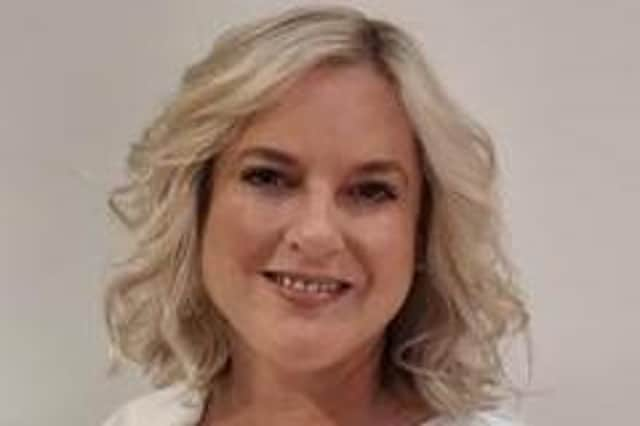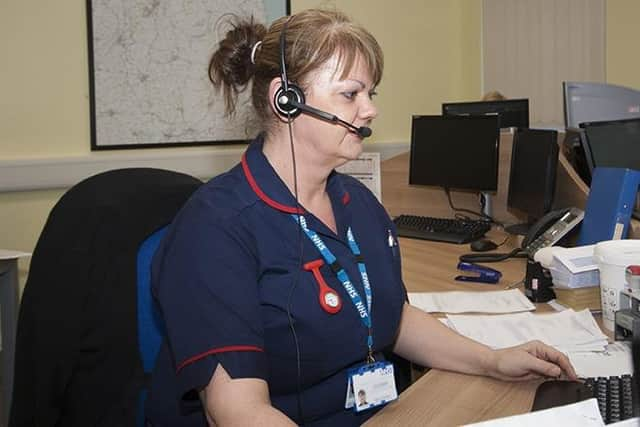COLUMN: How virtual wards make a difference


In the NHS, we are keen to use technology to help our patients and be more efficient so at Lincolnshire Community Health Services NHS Trust (LCHS) we work with other health and care organisations to provide virtual wards in Lincolnshire.
We know being at home can have a positive impact on recovery and staying in hospital longer than necessary can have a detrimental effect on health and independence.
So, what are virtual wards and how do they work?


Advertisement
Hide AdAdvertisement
Hide AdVirtual wards provide hospital level care and remote monitoring for patients who would otherwise be in hospital, either by preventing admissions or allowing them to return home sooner to continue their treatment at home.
This innovative approach delivers high-quality care, safely and conveniently for people at home – where we’re told they would rather be.
In a virtual ward, support can include remote monitoring using apps, technology platforms and medical devices such as pulse oximeters.
Support may also involve face-to-face care from multi-disciplinary teams based in the community, which is sometimes called Hospital at Home.
Advertisement
Hide AdAdvertisement
Hide AdVirtual wards help relieve pressure on hospitals and urgent care services, by looking after people remotely and they promote working across organisations – resulting in care being more joined up whether they’re seen by community services, hospital staff or their GP.
We have LCHS staff working on several virtual wards that specialise in looking after patients with different conditions.
We have virtual wards for heart failure, frailty, respiratory, children’s complex neurology and same day emergency care.
The virtual ward for heart failure patients brings together staff from hospitals, primary care, and community services.
Advertisement
Hide AdAdvertisement
Hide AdThis service started in January and gives an additional option for patients to get the care they need at home.
The heart failure virtual ward works by monitoring patients.
This could include phone consultations, home visits, or remote monitoring through technology, such as a blood pressure monitors and oximeters.
These record patient’s symptoms and their vital signs, digitally via a smartphone application. The results are loaded into a dashboard which is monitored by the specialist clinical team.
Advertisement
Hide AdAdvertisement
Hide AdThis team reviews any changes in patients’ clinical conditions and contacts them as appropriate for their needs.
In the first 10 months, 120 patients were admitted to the heart failure virtual ward.
Patients commented that they felt ‘safer in the knowledge they will be monitored following discharge from hospital’ and it is ‘reassuring knowing that someone is looking at your numbers’.
Following the success of our involvement in these virtual wards, we are exploring how virtual wards could work for other conditions.